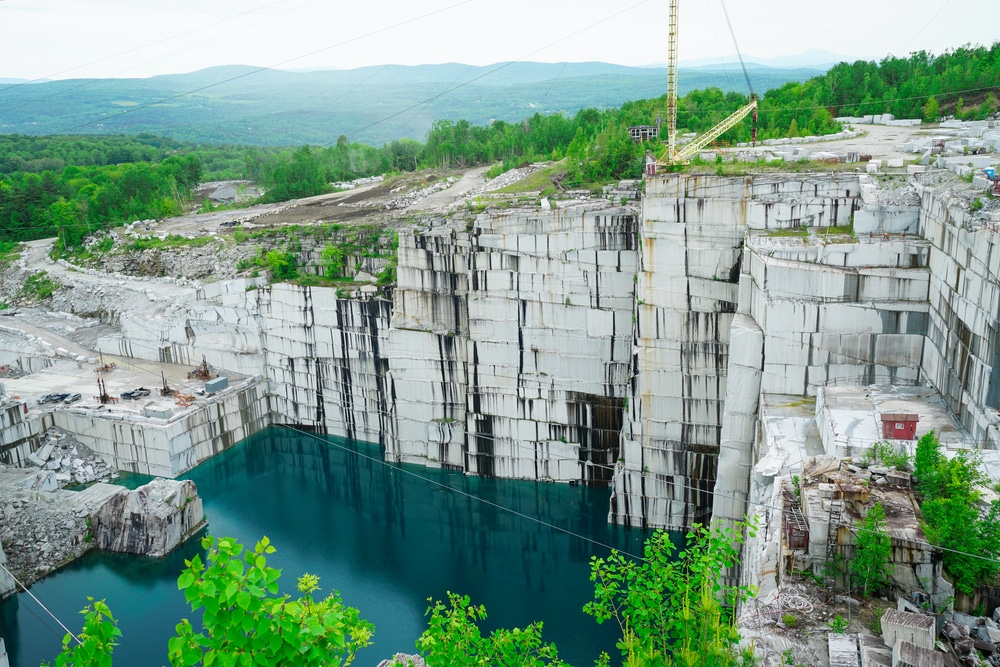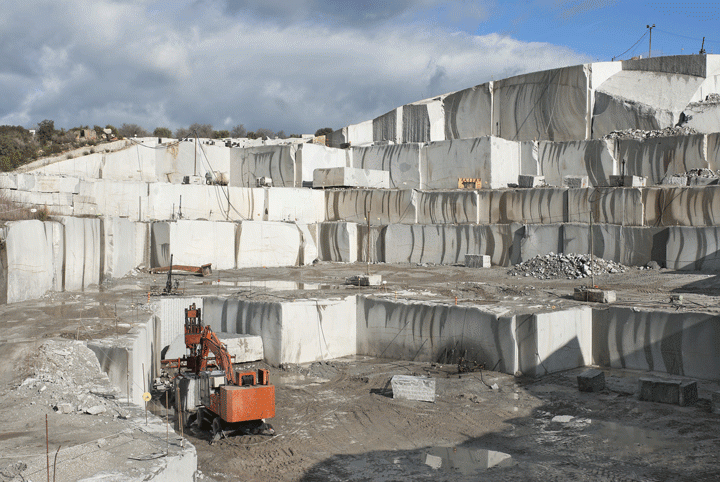Introducing the Mysteries of Granite Quarrying: Where Strength and Beauty Meet
The world of granite quarrying is a world where the raw toughness of nature converges with human artistry to produce structures that stand the examination of time with an air of style. From the midsts of quarries to the meticulous polishing in workshops, the process of transforming granite right into building wonders is an intricate dancing of practice and innovation. As we peer into the depths of this ancient craft, we begin to discover the covert ins and outs that form the really significance of our constructed setting.
The Beginnings of Granite Quarrying
In the record of building background, the beginnings of granite quarrying are shrouded in a tapestry of old workmanship and geological wonders. Dating back to ancient Egypt and Mesopotamia, the extraction of granite from quarries marked the beginning of a journey that would eventually lead to the creation of some of the globe's most legendary frameworks.
Granite quarrying's origins can be mapped to the competent craftsmens that identified the rock's toughness and visual charm. With a combination of primitive tools and large resolution, these early quarry workers unearthed granite blocks that would certainly come to be the structure blocks of worlds.
As worlds evolved, so did the techniques of quarrying granite. The Romans, renowned for their design expertise, developed advanced approaches for drawing out granite to build monuments, holy places, and roads that stood the test of time.
The heritage of these ancient quarrying practices proceeds to shape modern-day design, with granite remaining an icon of stamina and beauty in construction tasks around the globe. (granite quarries in south africa)
Devices of the Quarrying Trade
The evolution of granite quarrying strategies from ancient human beings to contemporary times highlights the crucial duty played by the tools of the quarrying sell forming the industry's methods. In ancient times, quarrying devices were basic, often containing chisels, hammers, and wedges made from products like bronze or iron. These tools needed significant manpower and time to remove granite blocks from quarries.

In addition, the intro of pneumatic tools and high-powered machinery has considerably decreased the physical labor needed in quarrying operations, enhancing employee safety and security and performance. As the quarrying sector proceeds to innovate, the tools of the profession continue to be at the leading edge of driving development and shaping the future of granite removal.
Removing Blocks of Granite
Using precision equipment and advanced strategies, the extraction of granite obstructs from quarries has come to be a sophisticated procedure in the contemporary quarrying sector. Managed blowing up techniques are then used to break apart the granite right into manageable areas.

Polishing and Ending Up Methods
To accomplish a remarkable surface on granite blocks, proficient craftsmens employ a series of thorough polishing and completing strategies. After the initial extraction and shaping procedures, the granite obstructs undergo a complete sprucing up phase to enhance their natural elegance and durability.
In addition to sprucing up, ending up techniques are applied to more improve the granite's appearance. These strategies might consist of flaming, honing, or cleaning, each offering special textures and coatings to match various aesthetic preferences. Flaming, as an example, includes subjecting the granite surface area to high temperature levels to develop a harsh, distinctive coating, perfect for exterior applications where slip-resistance is important. Developing, on the other hand, provides a matte finish that is smooth to the touch, perfect for indoor kitchen counters and floor covering. By meticulously picking and using these brightening and ending up strategies, craftsmens can change raw granite blocks into splendid pieces that showcase both strength and elegance.

Environmental Effect and Sustainability
With the expanding emphasis on ecological awareness in the market, granite quarrying techniques are increasingly Your Domain Name inspected for their influence on natural sources and lasting sustainability. Quarrying for granite can have significant ecological effects. The extraction process usually involves making use of hefty equipment, explosives, and big quantities of water, leading to habitat damage, dirt disintegration, and water pollution. Additionally, the transportation of granite from quarries to refining centers creates carbon emissions, even more adding to ecological destruction. granite quarries in south africa.
To minimize these influences review and make certain sustainability in granite quarrying, industry stakeholders are adopting various measures. Implementing advanced technologies to reduce energy intake and water use, redeeming quarried land for eco-friendly repair, and advertising accountable sourcing practices are some strategies being employed. Additionally, qualifications such as the Woodland Stewardship Council (FSC) and the Leadership in Power and Environmental Style (LEED) aid consumers determine eco-friendly granite items.
Verdict
To conclude, granite quarrying is a procedure that calls for specialized tools and strategies to essence blocks of granite and brighten them to a high level of coating. While the environmental influence of quarrying can be considerable, initiatives are being made to enhance sustainability techniques in the market. On the whole, granite quarrying is a delicate equilibrium between using the strength and style of this natural rock while minimizing its effect on the setting.
Comments on “Revealing Granite Quarries in South Africa Tradition: A Journey With Quarries”